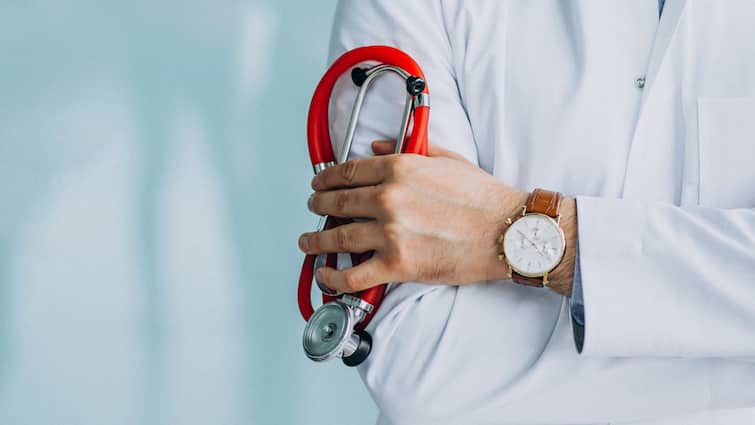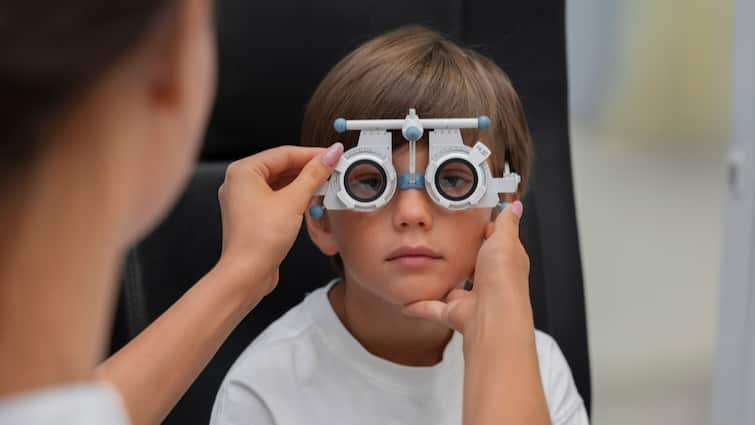By Satish Kannan
The idea to achieve a ‘Viksit Bharat’ by 2047 isn’t merely about expanding infrastructure or multiplying economic growth, but its essence lies in the health and well-being of its varied population. Notably, a resilient and inclusive healthcare structure is not only symbolic of a nation’s progress, but it is also key in enabling individuals, families, and communities to flourish to their full potential. While India has been developing and investing in health infrastructure, it is imperative to focus beyond economic indicators and lay emphasis on parameters like equality of accessibility and long-term sustainability in healthcare operations.
From an infrastructure perspective, India possesses a strong healthcare network that includes more than 1.65 lakh health sub-centres, over 25,000 Primary Health Centres (PHCs), and approximately 5,400 Community Health Centres (CHCs). These healthcare facilities are essential lifelines, especially for the rural and geographically remote populations. In order for us to meet the vision of Viksit Bharat, it is essential to widen the offered services, improve upon quality, and bridge the existing service gaps by promoting the adoption of digital health solutions that surpass demographic and language barriers.
Strengthening Primary Healthcare
Primary healthcare facilities still serve as the primary line of defence for a large part of the Indian population. For a significant proportion of Indians, primary healthcare centres (PHC) and sub-centres (SC) offer the initial, and oftentimes the singular, interaction with the healthcare system. Thus, empowering these centres is vital. This entails upgrading infrastructure, ensuring a consistent presence of well-trained medical staff, and facilitating timely access to diagnostics and essential medicines.
The government of India in FY23 devoted 2.1% of its GDP towards healthcare, whereas developed nations like the United States spent about 17.6% of their GDP on healthcare during the same fiscal year. Expanding this percentage for building on infrastructure and fostering more public-private partnerships is crucial.
Efficient data sharing and treatment protocols between the government and the private sector are necessary to provide cost-effective, quality healthcare at scale. Programs like the Ayushman Bharat Health and Wellness Centres (HWCs) represent a positive shift towards a more holistic approach, integrating both curative and preventive services. As these centres continue to scale and embrace digital health platforms, they hold the potential to truly revolutionise healthcare delivery across India.
Bridging The Gap For ‘Missing Middle’
One of the most pivotal healthcare challenges faced by India is that of the ‘Missing Middle.’ A significant demographic in the country still cannot avail themselves of government schemes such as Ayushman Bharat and do not even possess private health insurance, thereby encountering affordability and accessibility issues. Such families are at the greatest risk of suffering from life-threatening medical expenses that can leave a lasting financial impact.
To effectively deal with the issue, India requires new and forward-thinking policy frameworks. India’s “missing middle” includes gig workers, informal labourers, small business owners, and lower-middle-class families who face high out-of-pocket healthcare expenses but are unable to afford or access traditional insurance products. Solving for this segment requires affordable, modular health insurance plans starting as low as ₹250-₹500 per month, per family, combining outpatient benefits and catastrophic hospitalisation coverage.
The goal should be to upgrade to comprehensive hospitalisation in a time frame of 3-4 years. These products can be either a recurring deposit plus insurance or an instantly redeemable mutual fund, or even a subscription product fully or partly underwritten by the insurance industry. The product must be distributed through trusted, high-penetration channels such as MFIs, NBFCs, SHGs, CSCs, gig platforms, etc.
To sustain scale, public-private support is essential in the form of GST waivers, relaxed solvency requirements, reinsurance backstops, and/or CSR-funded premium subsidies. Ultimately, addressing this gap is not only a commercial opportunity but also a public health imperative to reduce medical impoverishment and build a more resilient health system.
Financial Security Against Health Expenses
Long-term health financing can be explored further through health savings models. An interesting model is Singapore’s Medisave scheme, which mandates individuals to set aside a portion of their income into a personal medical savings account. This account alleviates the strain on public resources by enabling users to pay for their hospitalisation and approved medical expenses.
Customised to our socio-economic structure, India could benefit significantly from a similar savings-based approach. Health savings accounts, whether voluntary or incentivised, could be integrated effortlessly with the Ayushman Bharat Digital Health ID, making it easier for families to plan and save proactively for future medical requirements. These accounts can provide tangible benefits such as tax breaks, routine health check-ups, and preventive care. Additionally, in the long run, such schemes can foster responsible health planning, reduce reliance on government emergency spending, and improve financial independence in healthcare.
Strengthening Infrastructure For Healthcare Of Tomorrow
To bolster these attempts, enhancing the digital health infrastructure of India is crucial. The Ayushman Bharat Digital Mission (ABDM) stack–comprising the Ayushman Bharat Health Account (ABHA), Unified Health Interface (UHI), and DigiDoctor registry–provides the foundational structure for effective digital interoperability between healthcare service providers. With AI-led tools now aiding diagnosis, personalised treatment, and facilitating operational efficiencies, the emphasis must now shift to ensuring that these technologies deliver quality care at optimised and accessible costs. As digital health players imbibe UHI deeper, they can empower patients with timely access to accurate information, fostering transparency, informed decision-making, and equitable healthcare outcomes.
The healthcare infrastructure of India is rapidly changing, with key initiatives such as the Pradhan Mantri Ayushman Bharat Health Infrastructure Mission (PM-ABHIM) powering the change. The initiative has played a significant role in expanding the critical care capacity of public health laboratories and enhancing diagnostics throughout the country. Despite this progress, it is important to recognise the still-existent gap between urban and rural regions, in addition to sub-national differences within different states.
Filling these gaps through robust capacity building and continuous quality monitoring is essential. Furthermore, the application of technologies like telemedicine, AI-powered diagnostics, and frictionless digital healthcare systems needs to be at the forefront of healthcare delivery strategy. Effective utilisation of technology by India will greatly improve accessibility standards, ensuring uniform care regardless of geography.
A Shared Pathway To Viksit Bharat
The vision of Viksit Bharat cannot be achieved with an inequitable or weak healthcare system. By 2050, elderly people will make up 20% of the Indian population, which will put significant pressure on the country’s healthcare system.
The stride towards a developed nation calls for strengthening primary healthcare, expanding the coverage for the ‘Missing Middle,’ upgrading infrastructure, and introducing contemporary monetary approaches like health savings accounts, and using the power of technology and AI to analyse data. Today’s healthcare is not simply about treating an ailment; it is about empowering people, enhancing equity, and improving the quality of life.
(The author is the Co-founder & CEO, MediBuddy)
Disclaimer: The opinions, beliefs, and views expressed by the various authors and forum participants on this website are personal and do not reflect the opinions, beliefs, and views of ABP Network Pvt. Ltd.
Check out below Health Tools-
Calculate The Age Through Age Calculator



